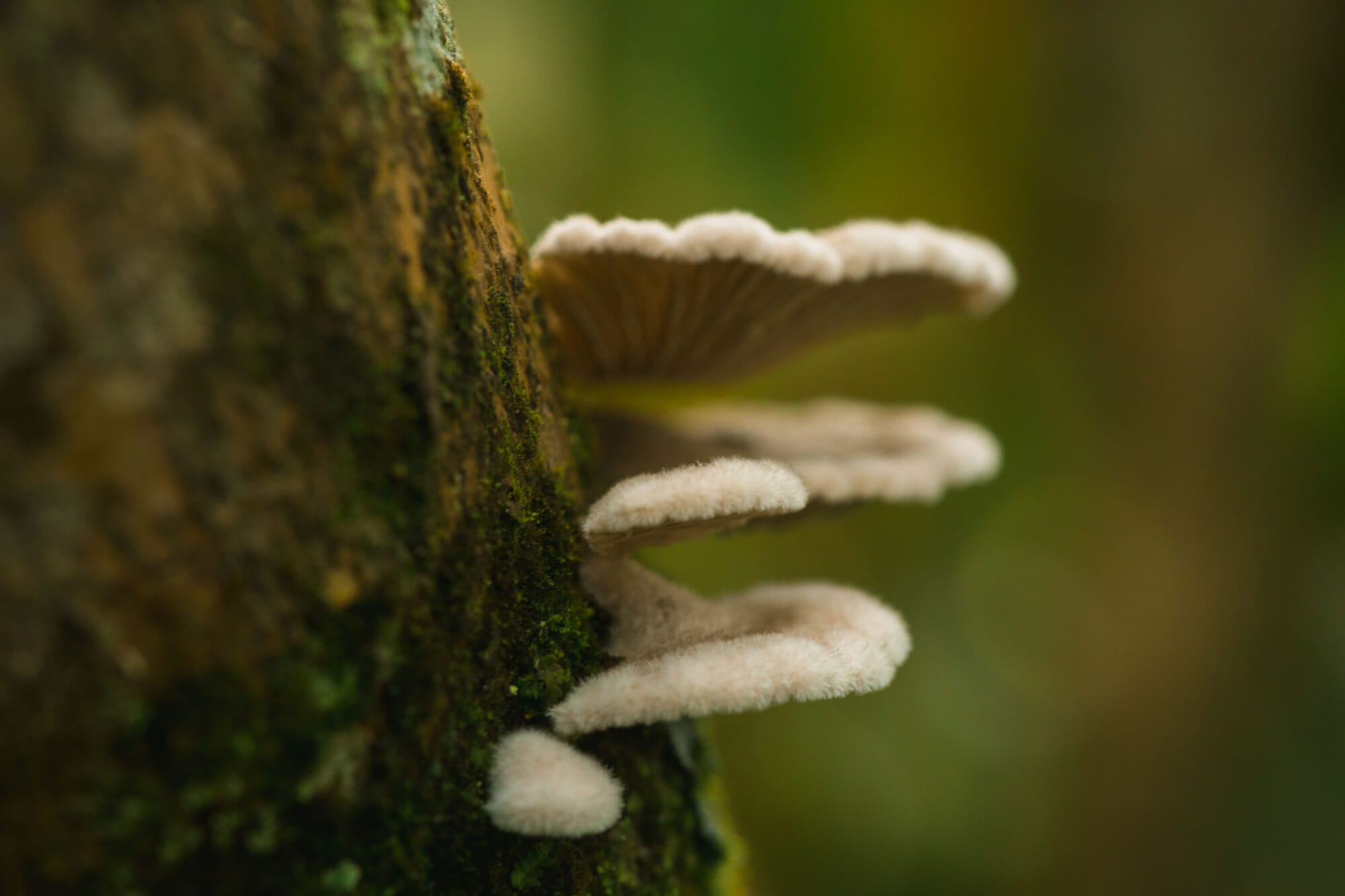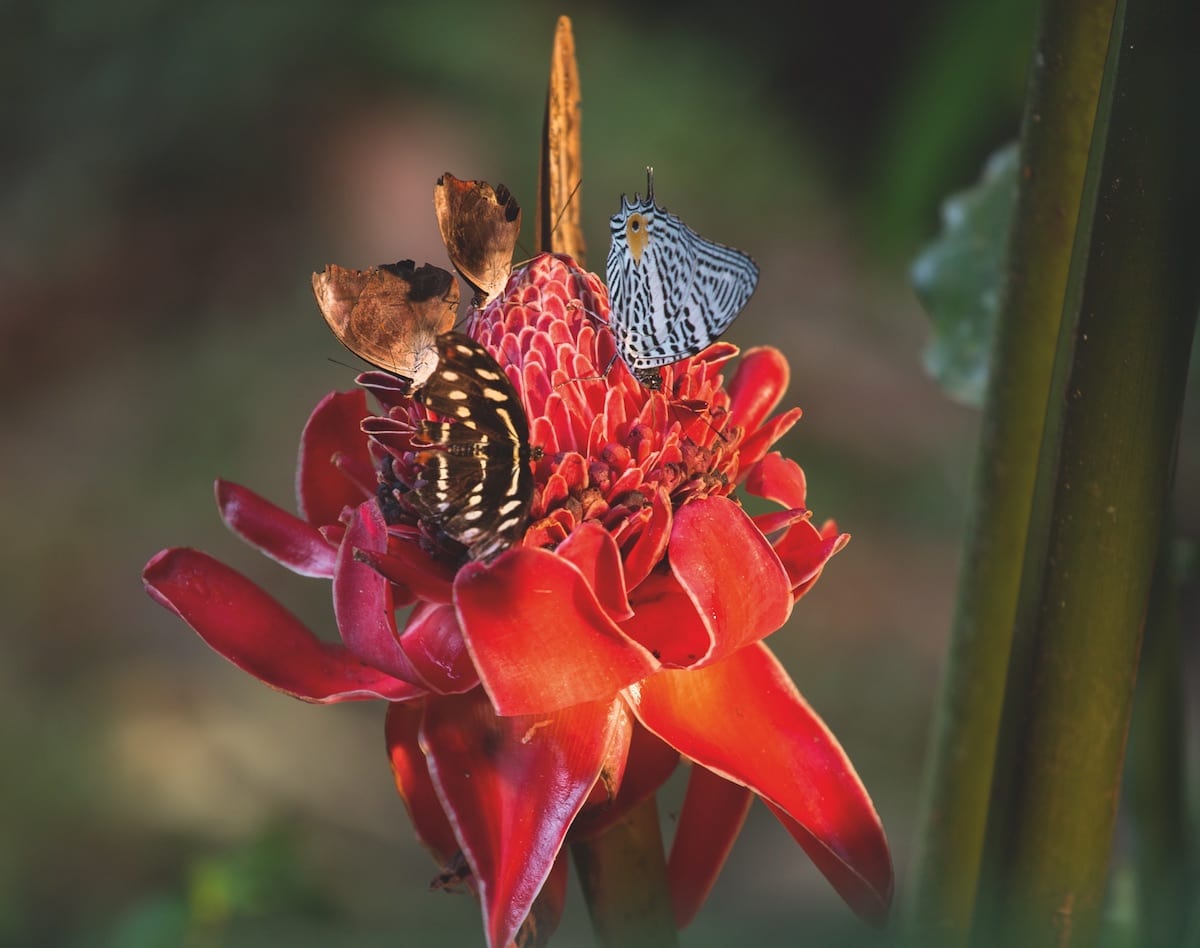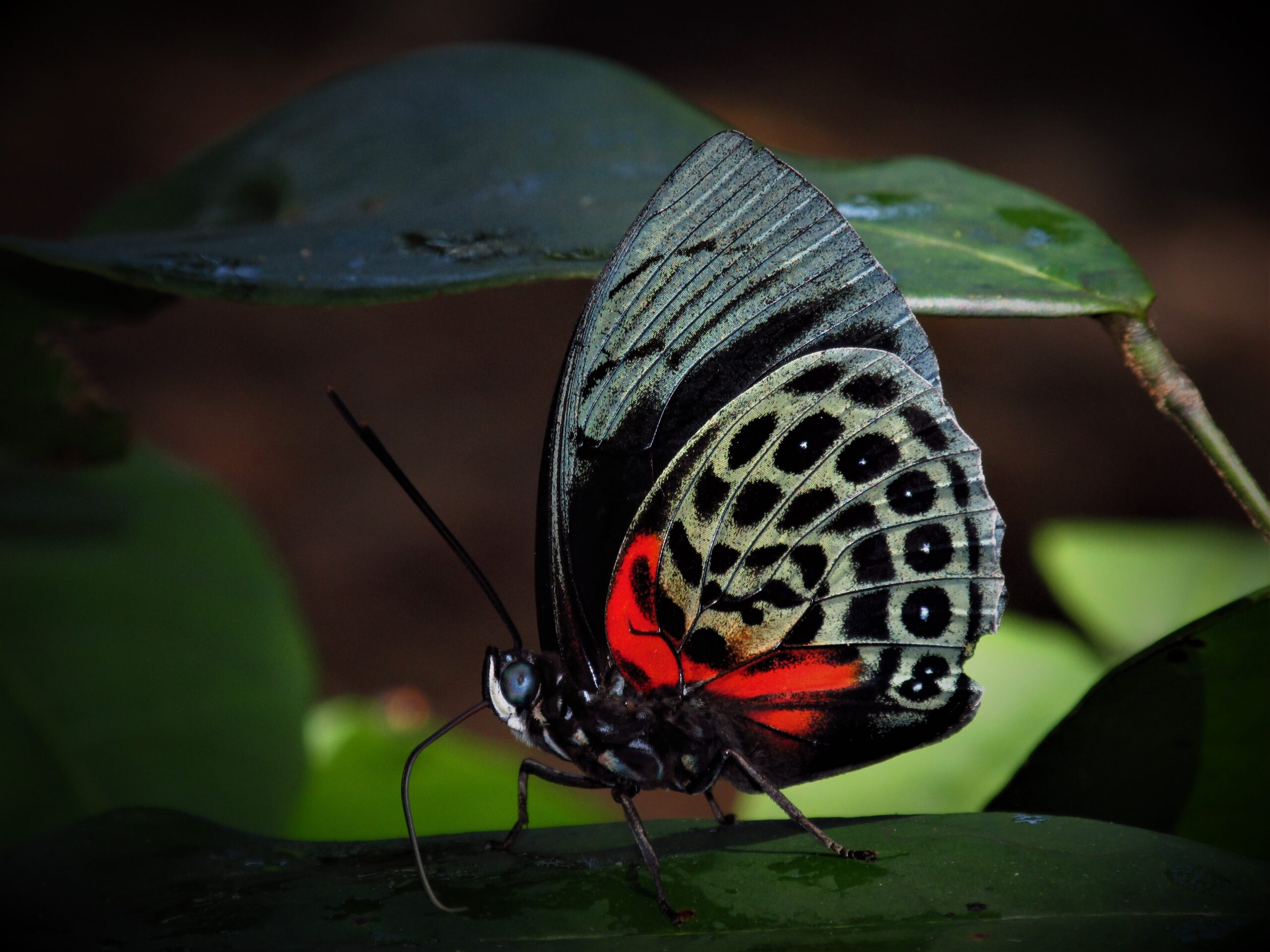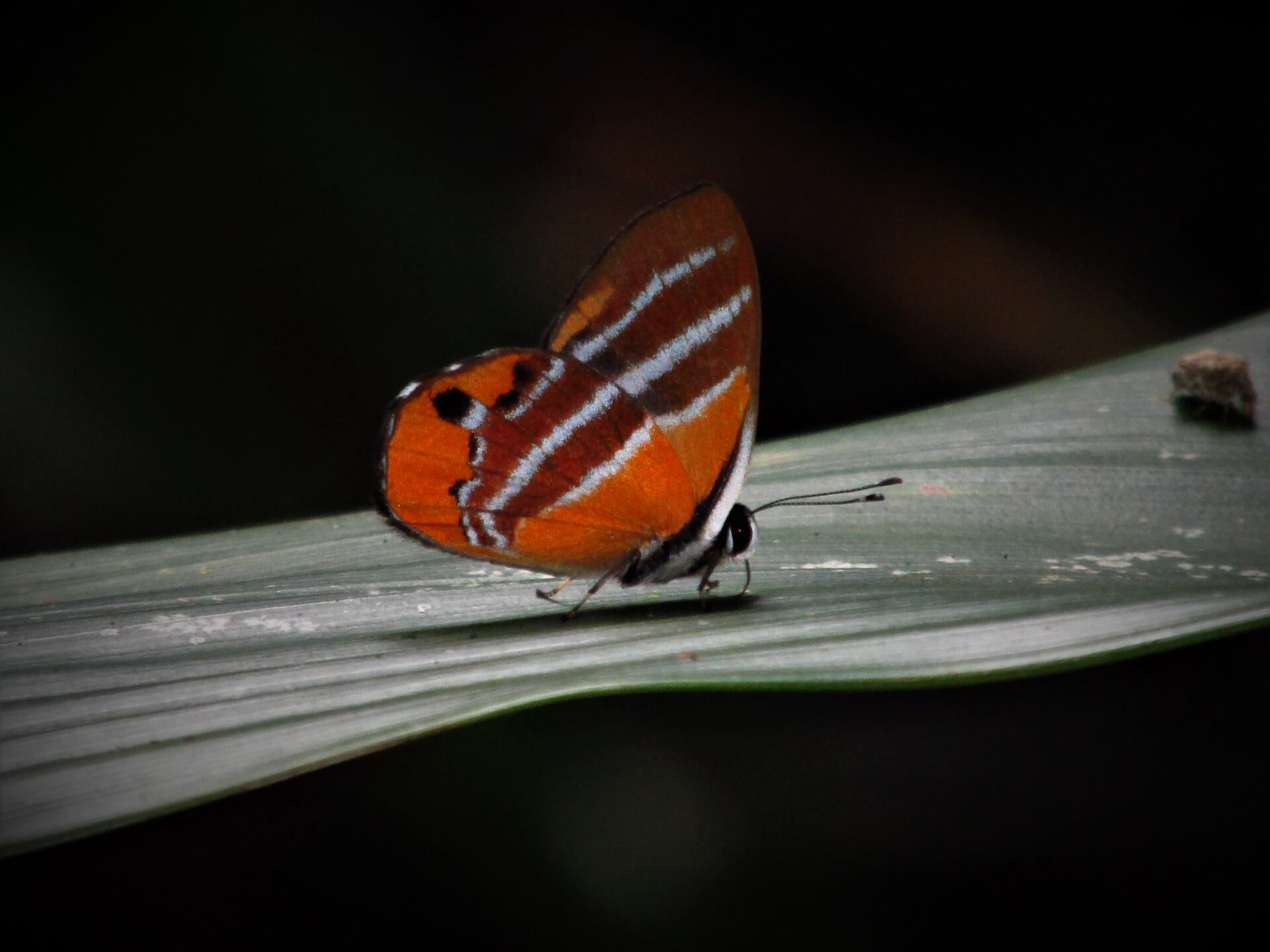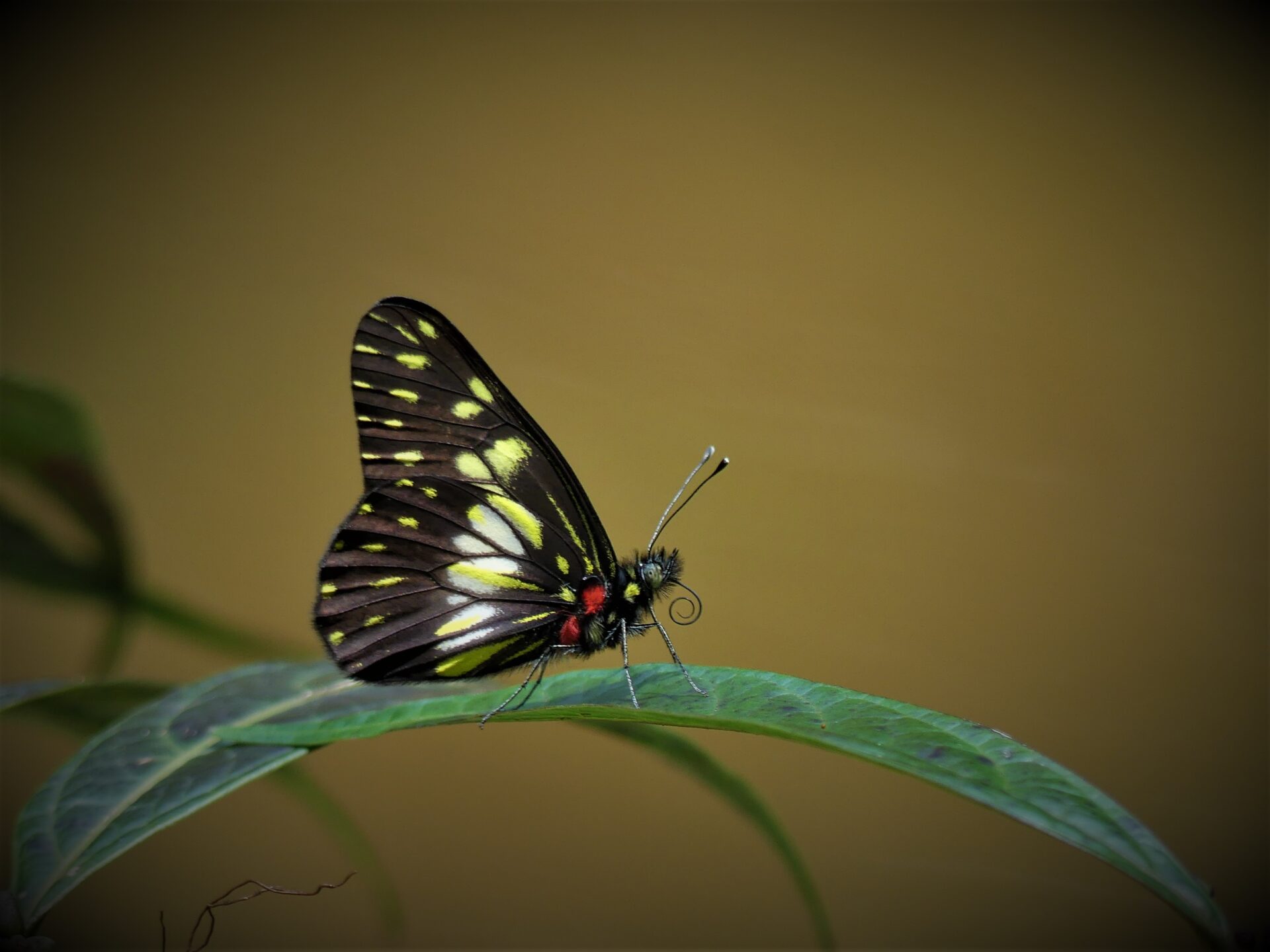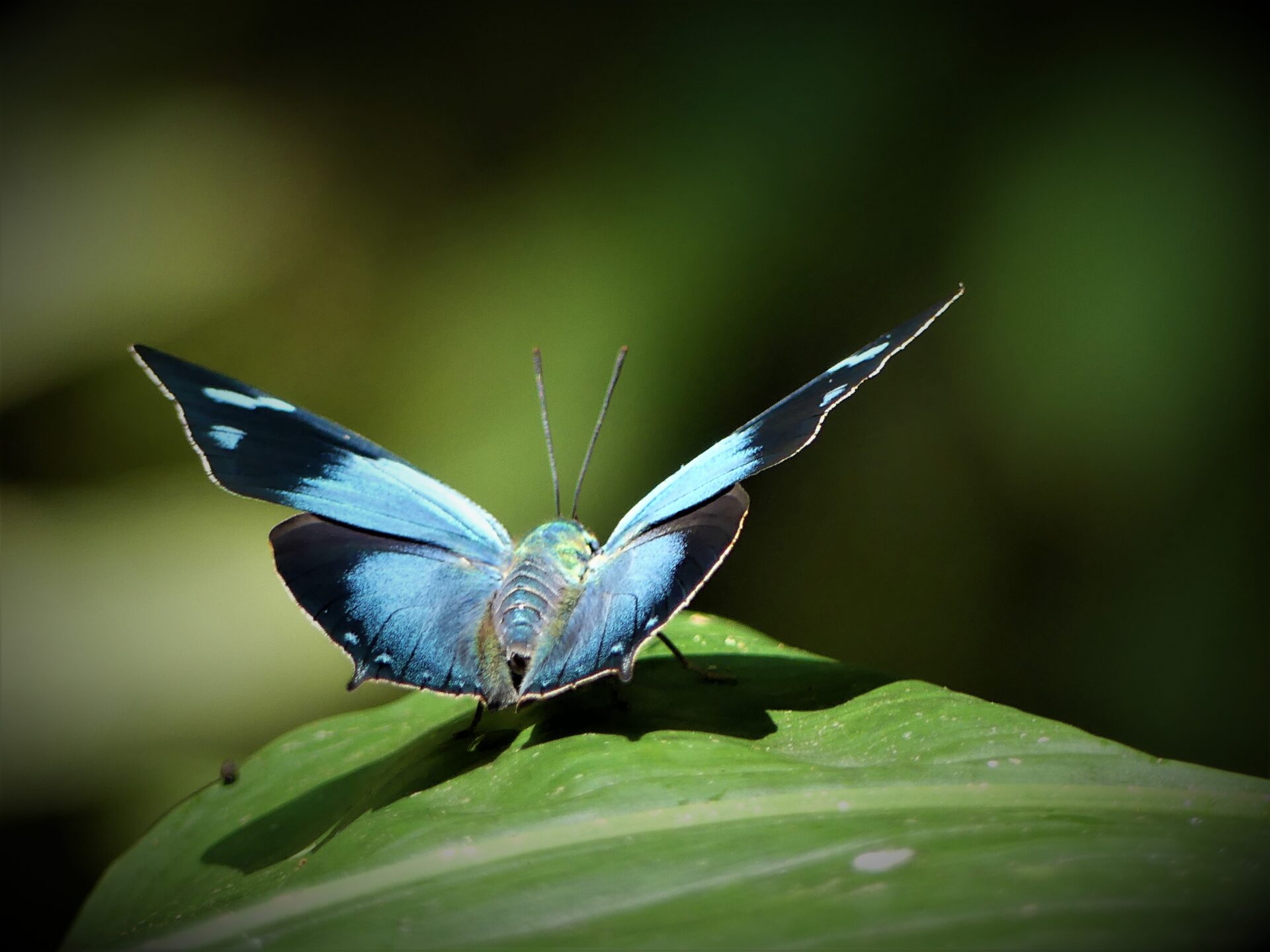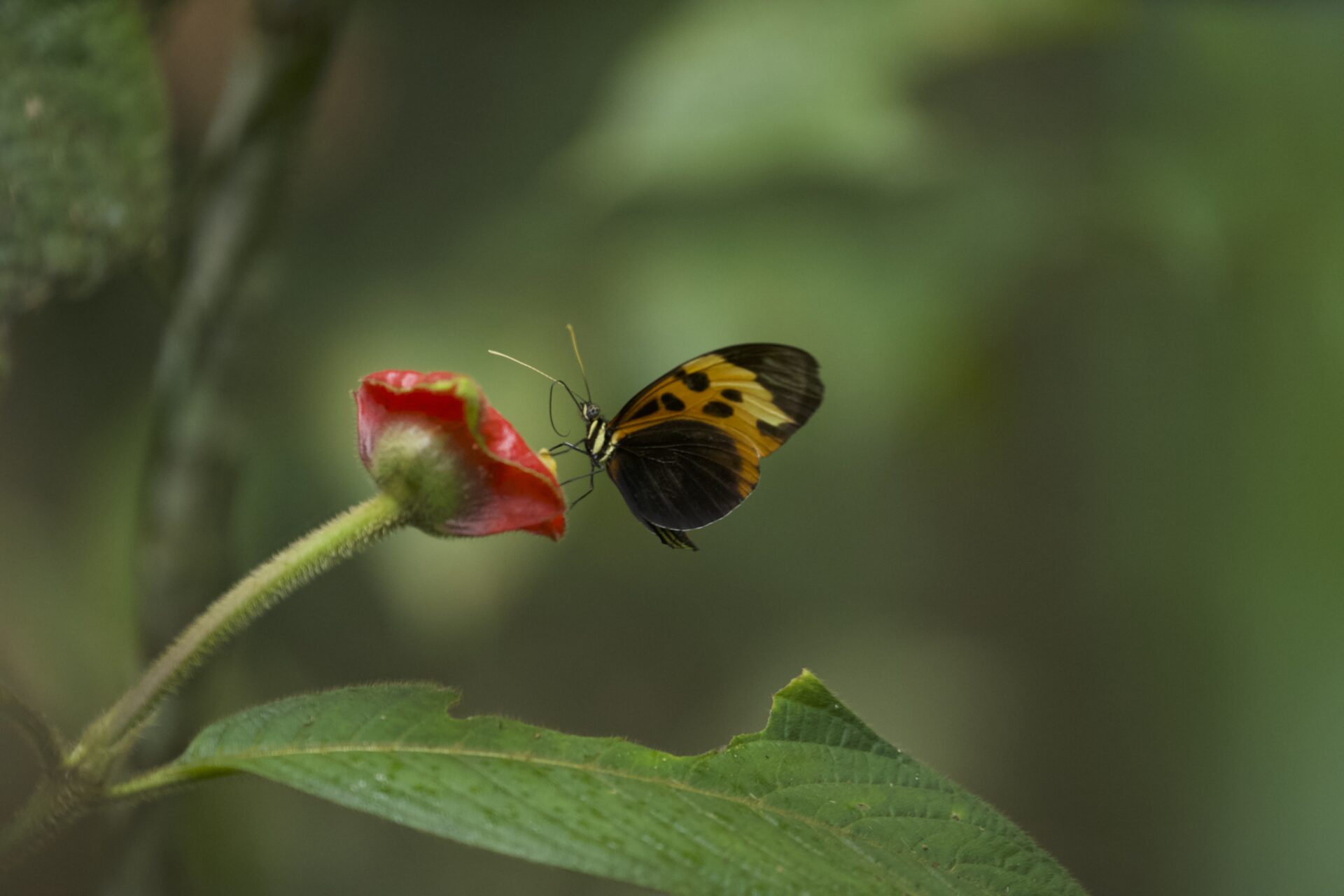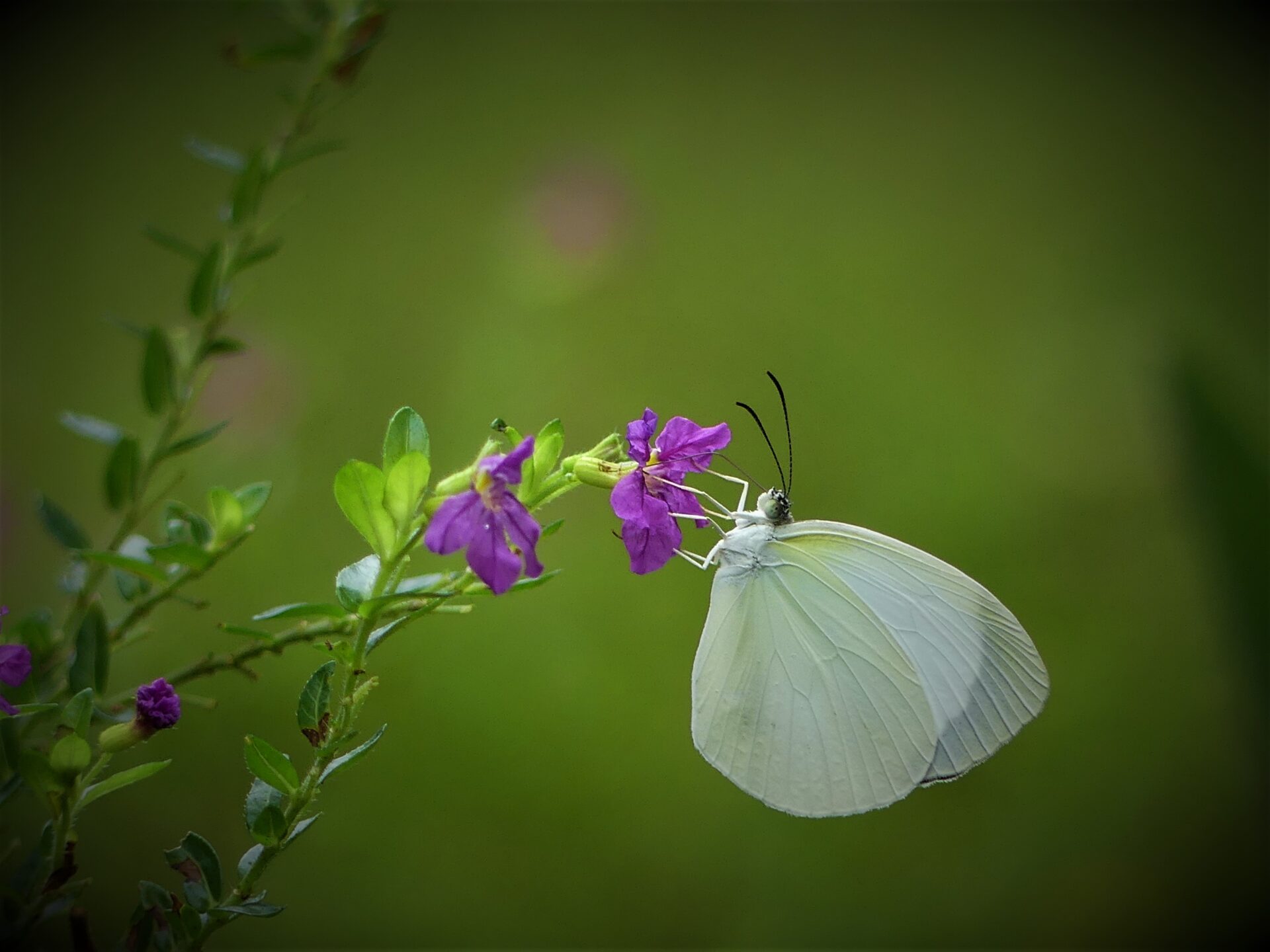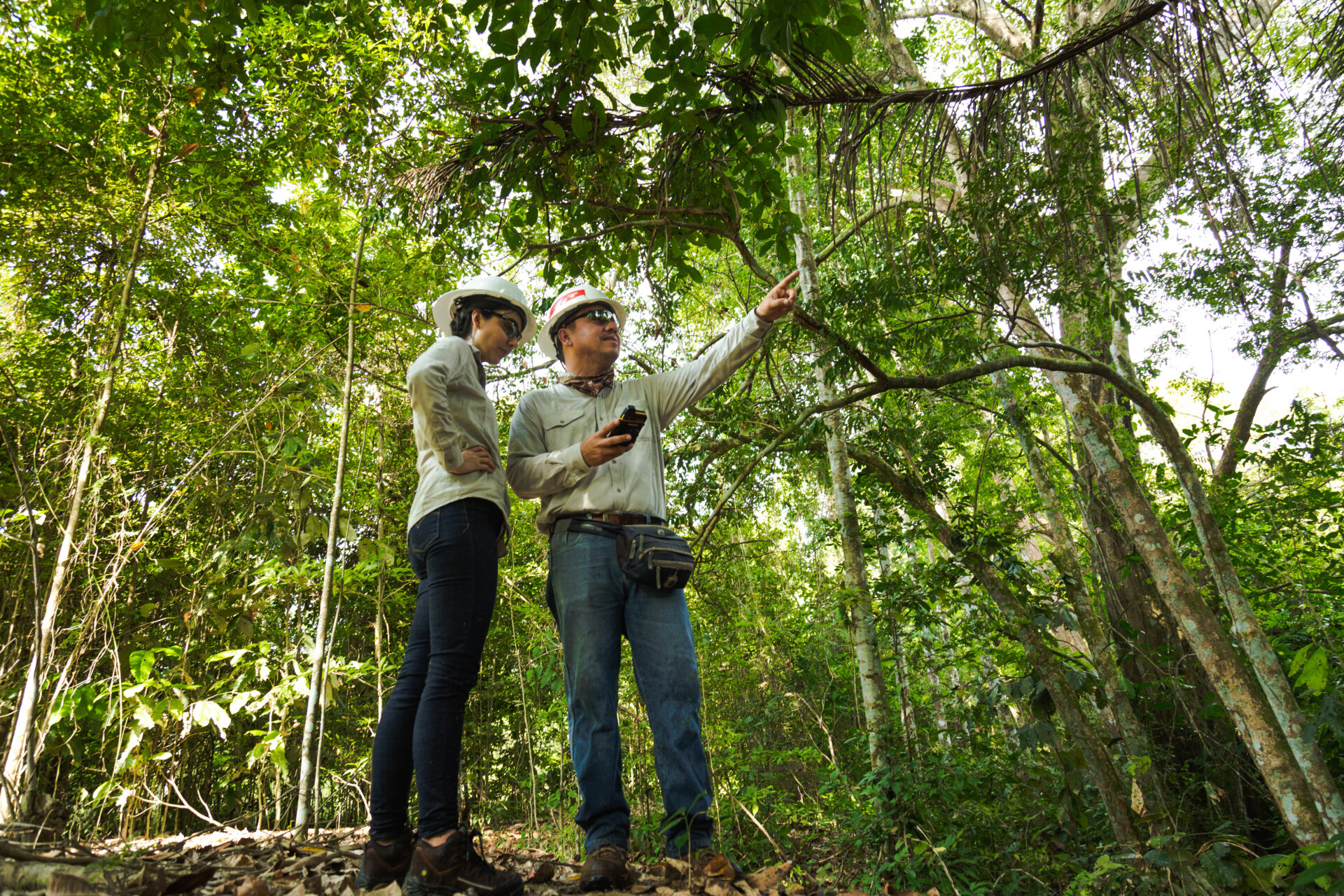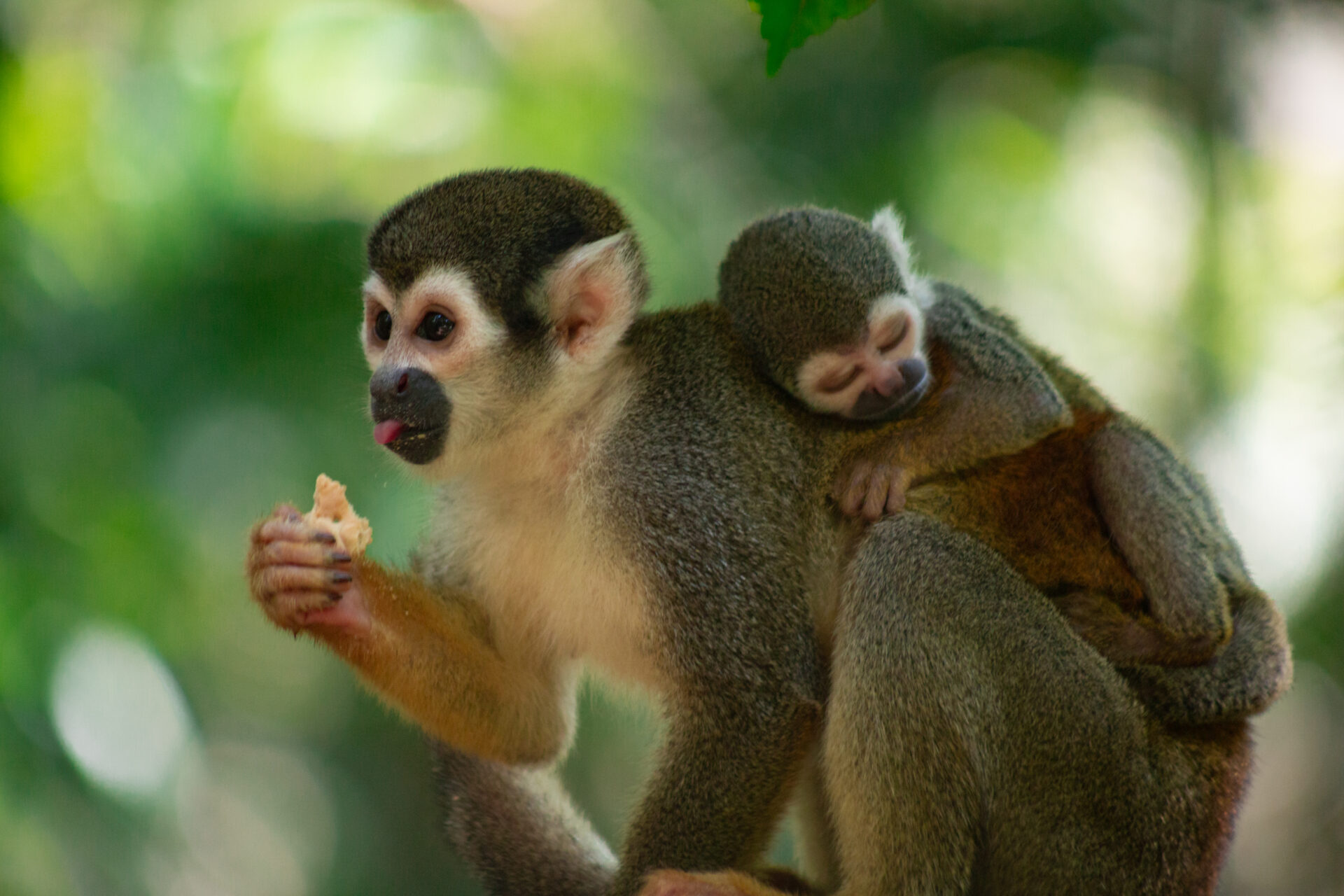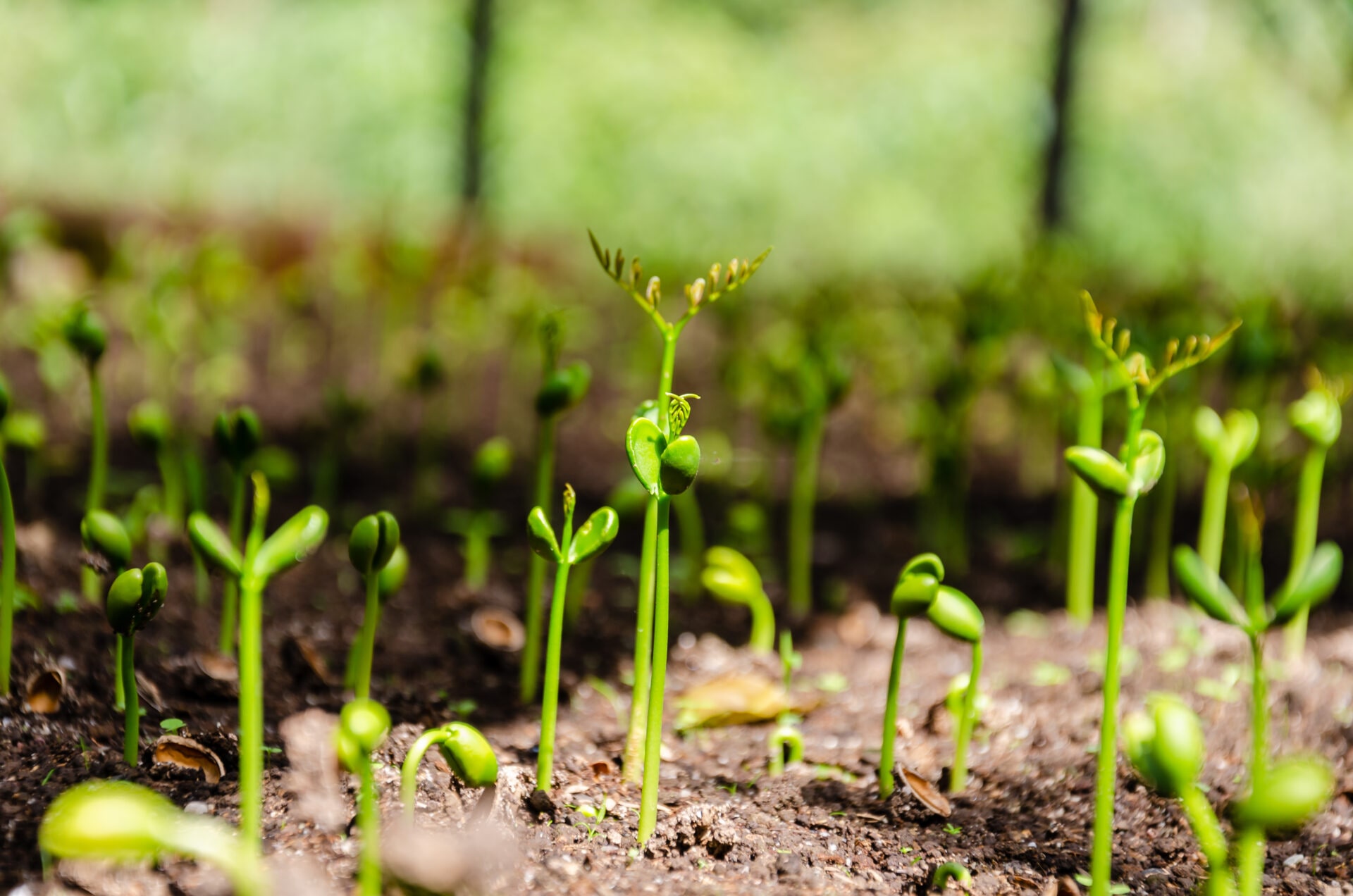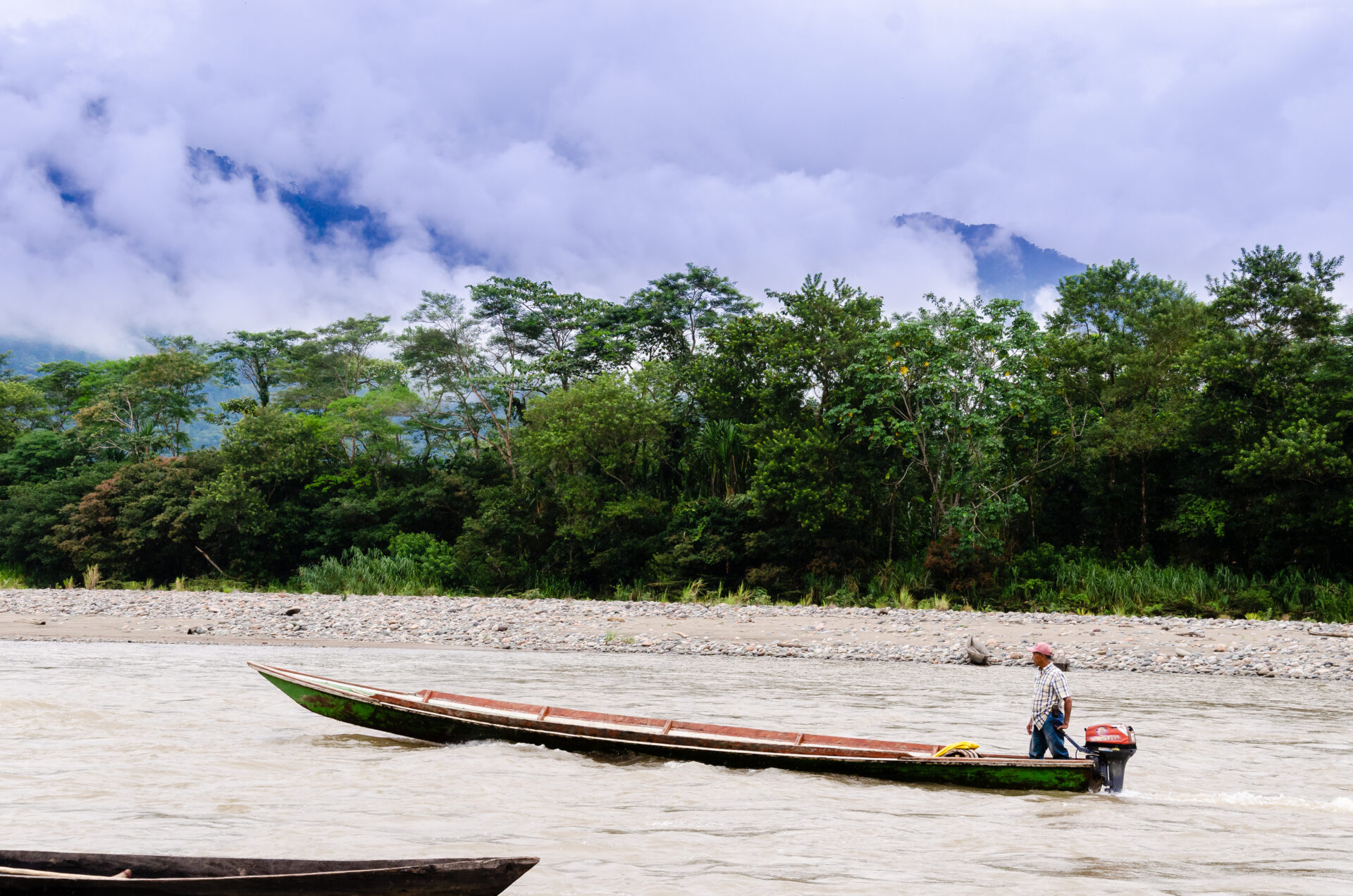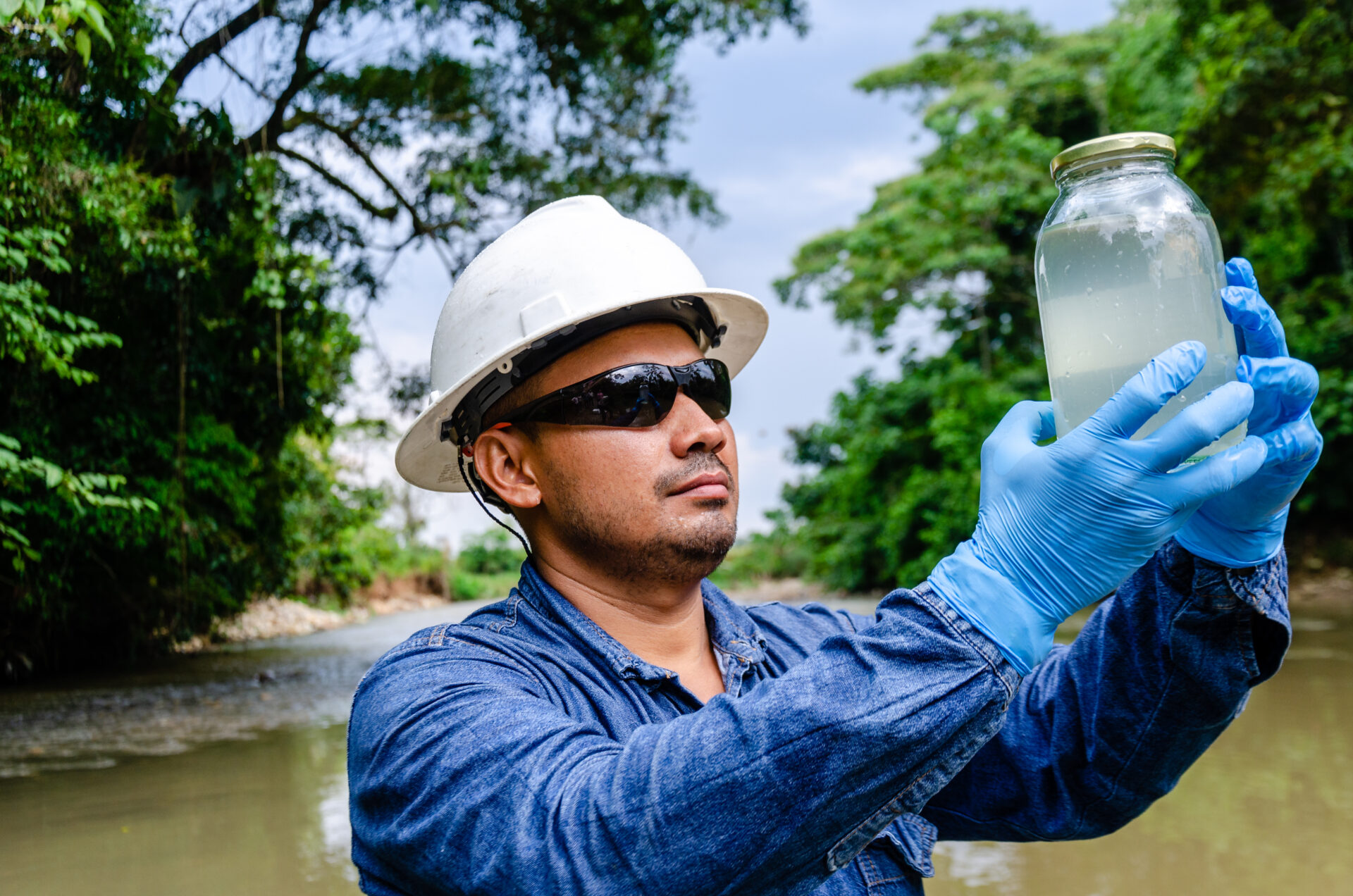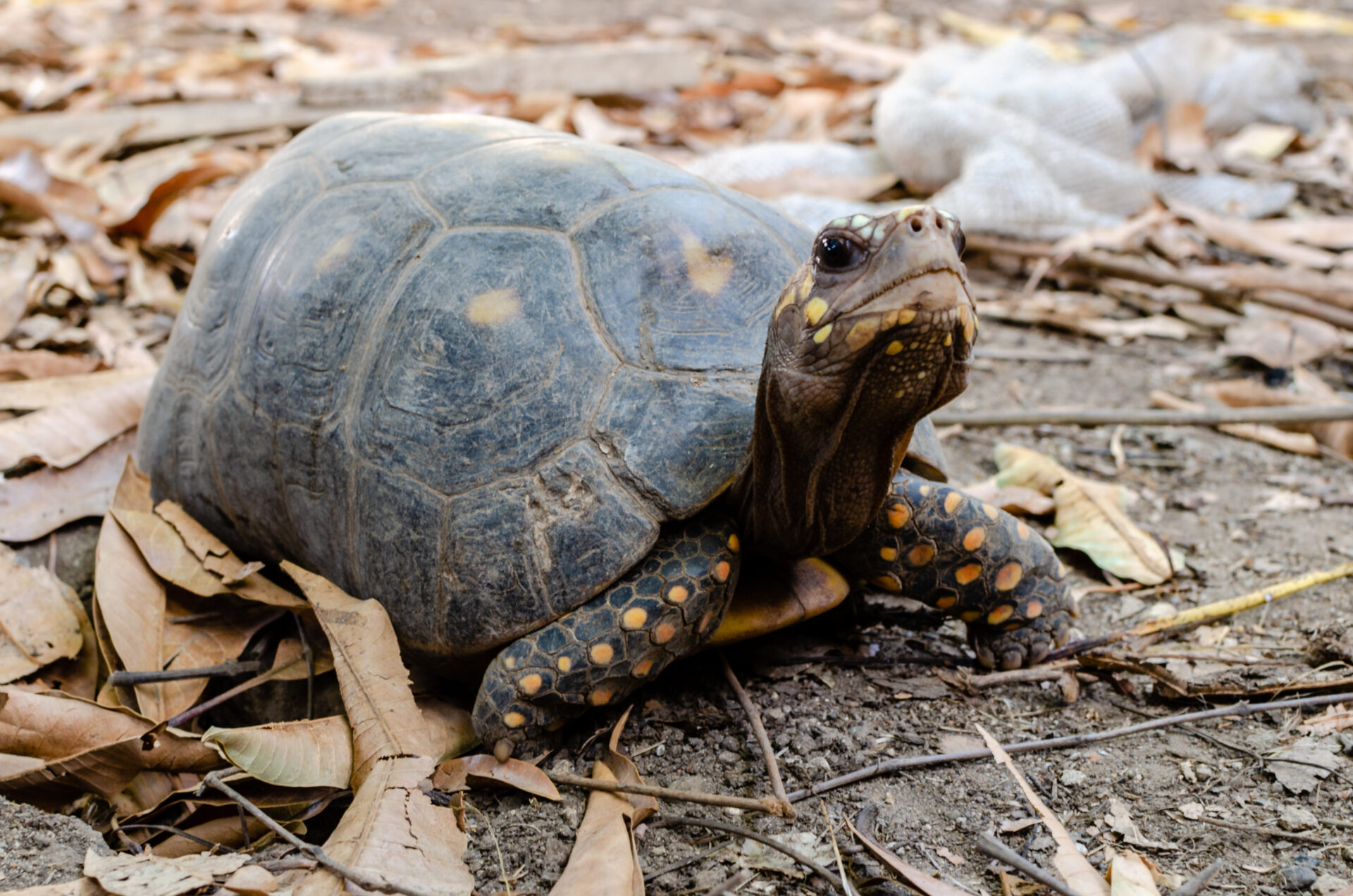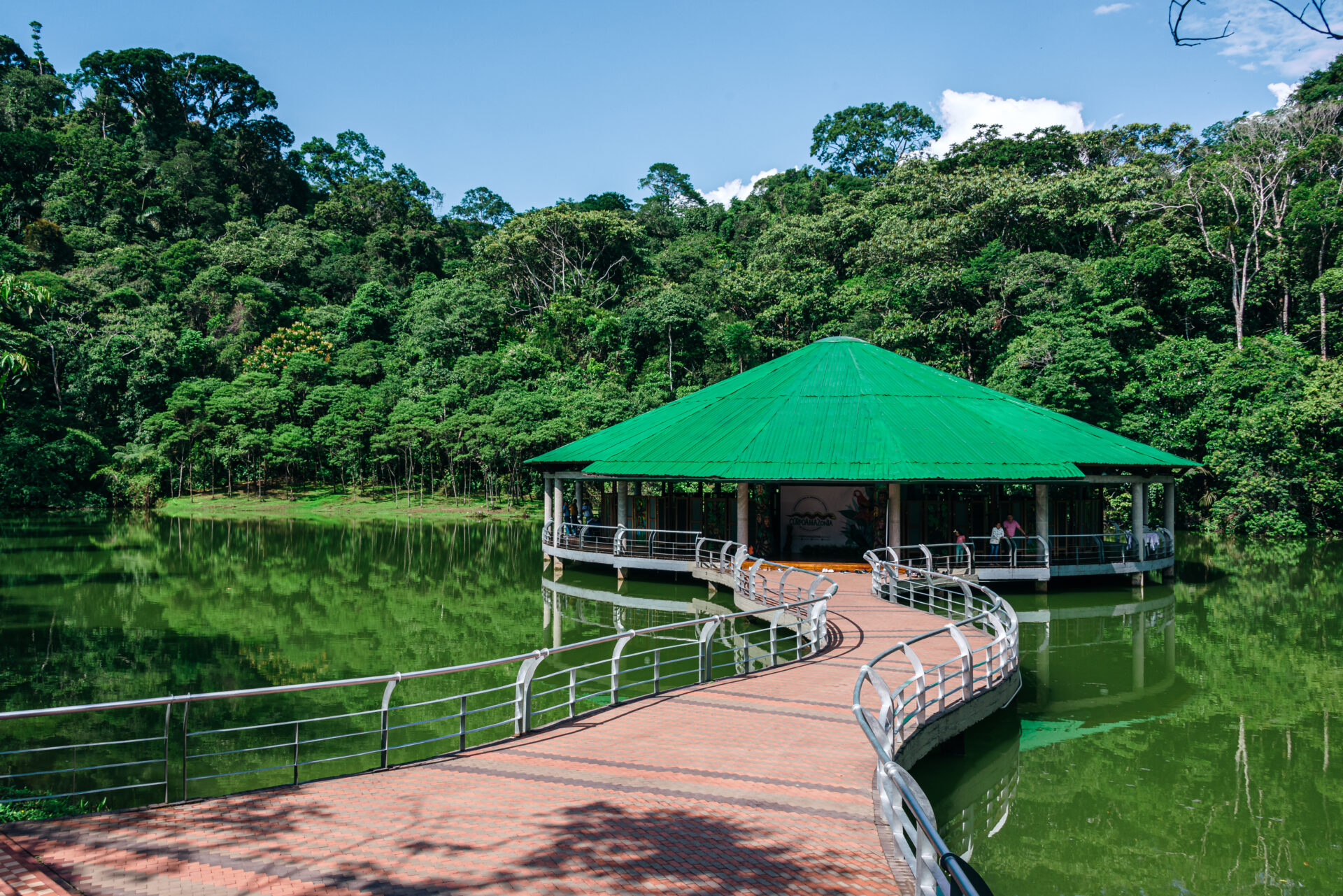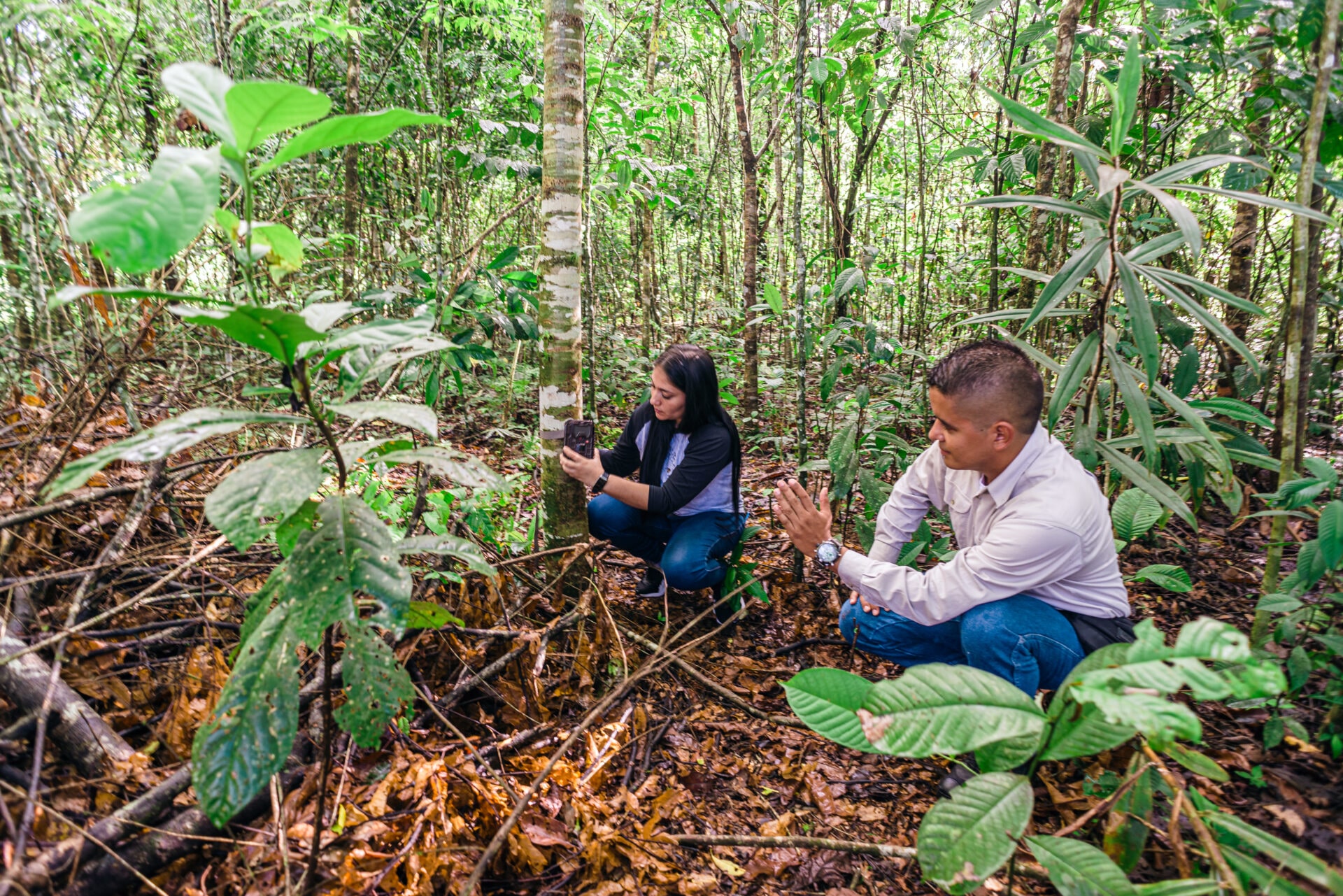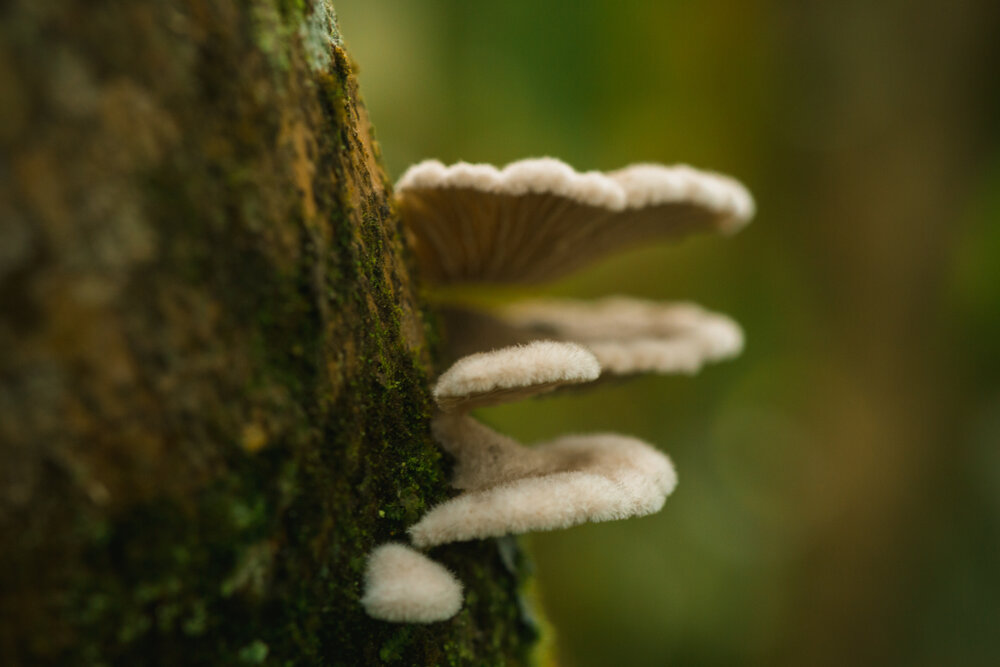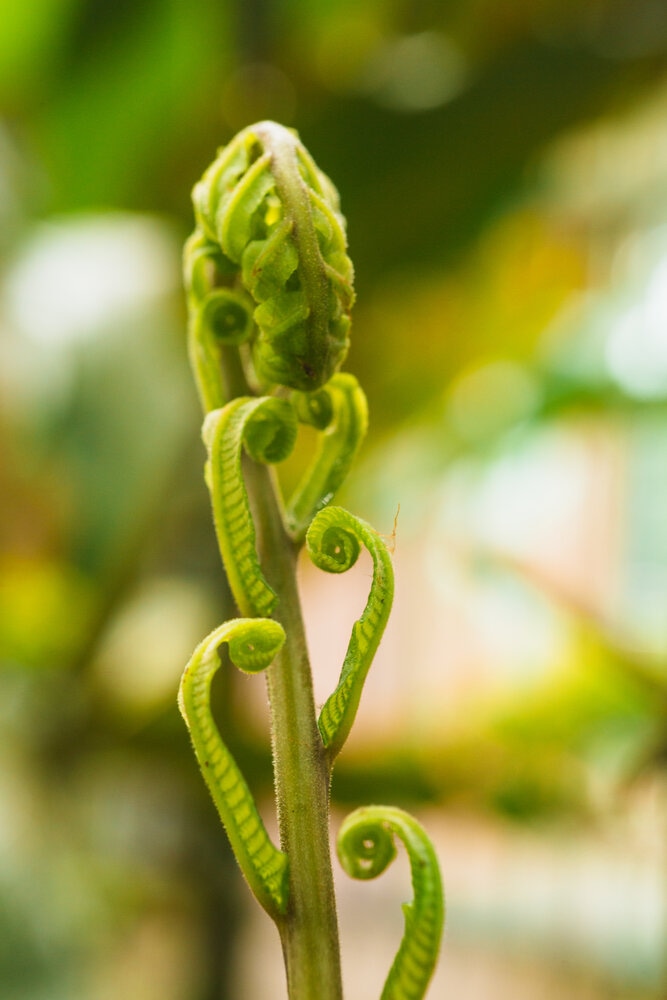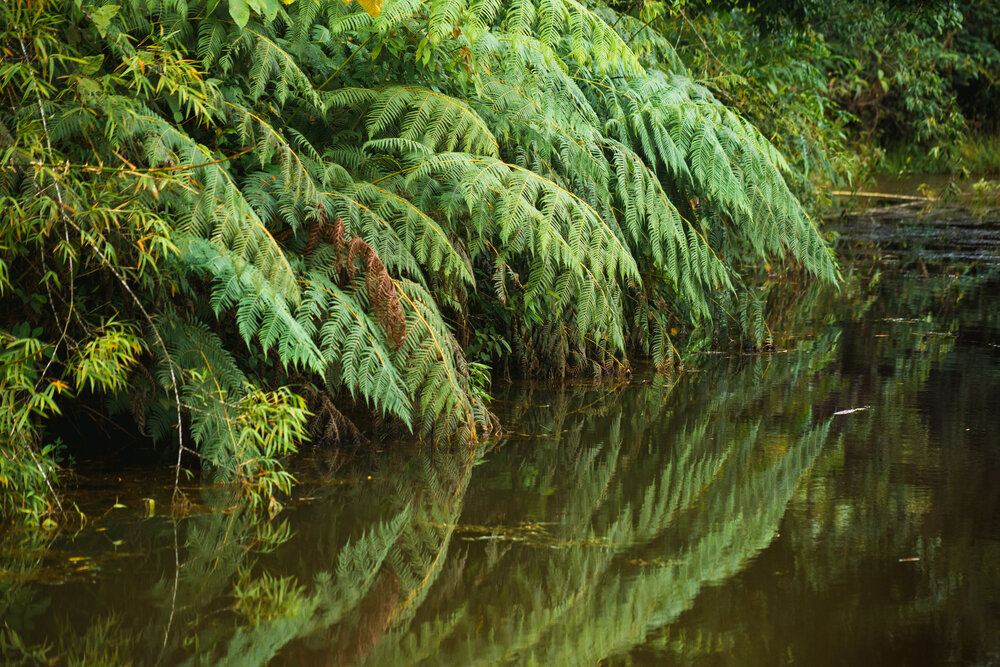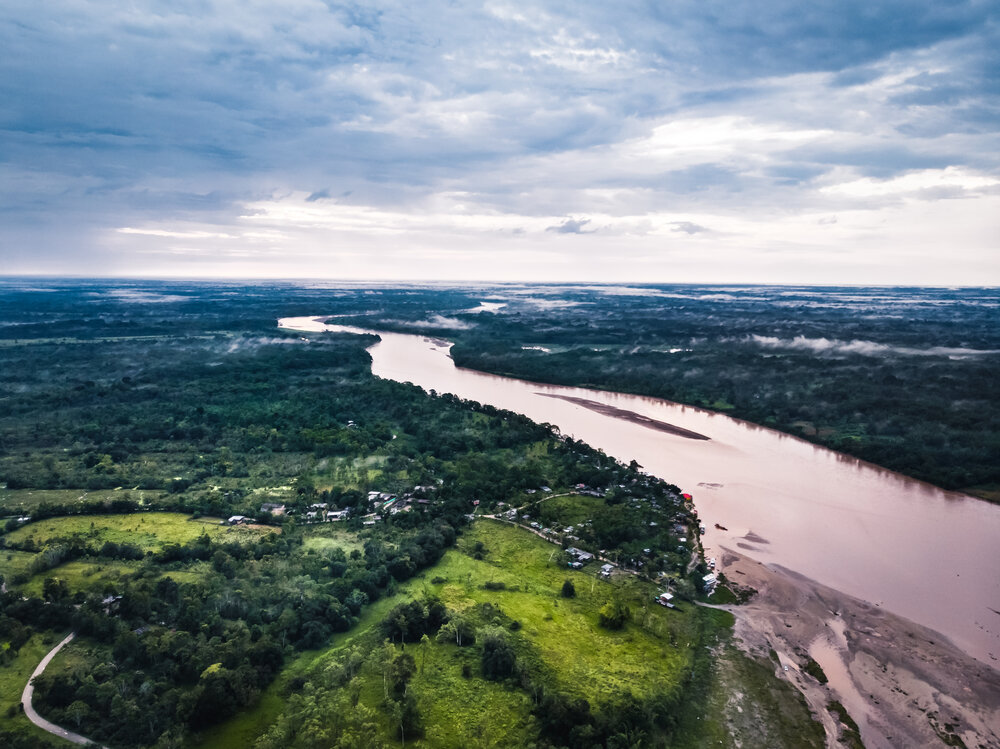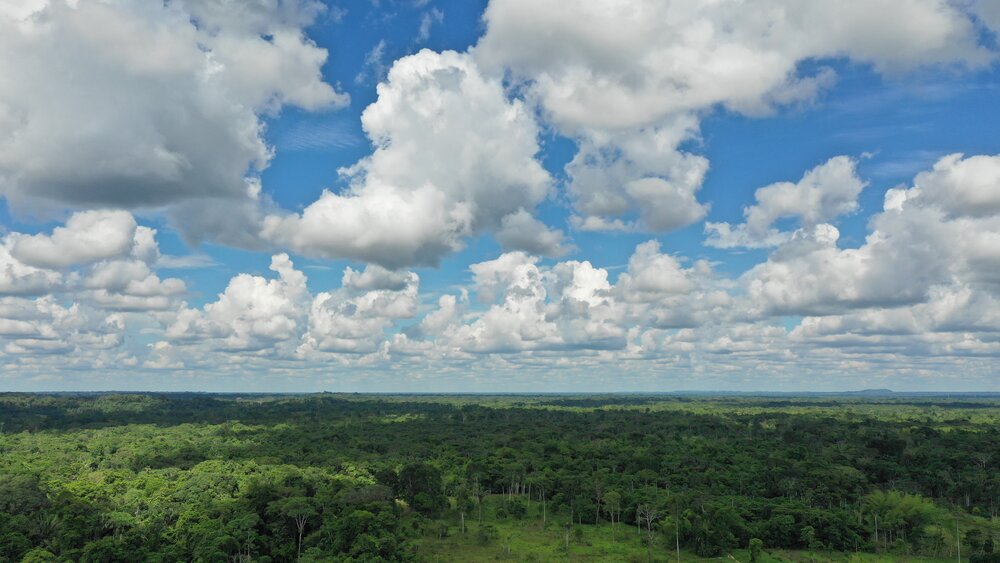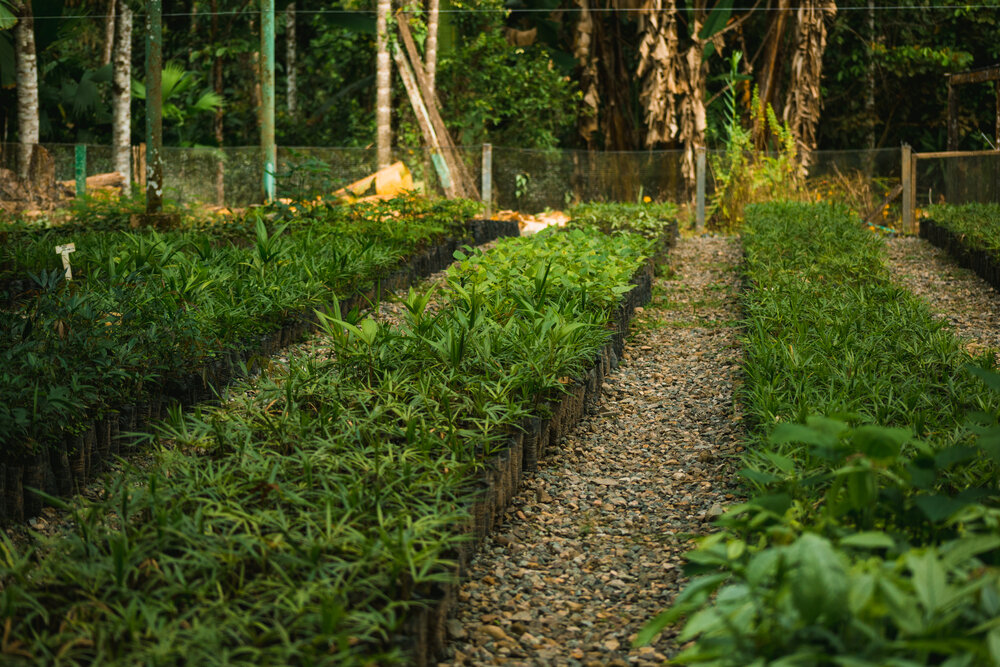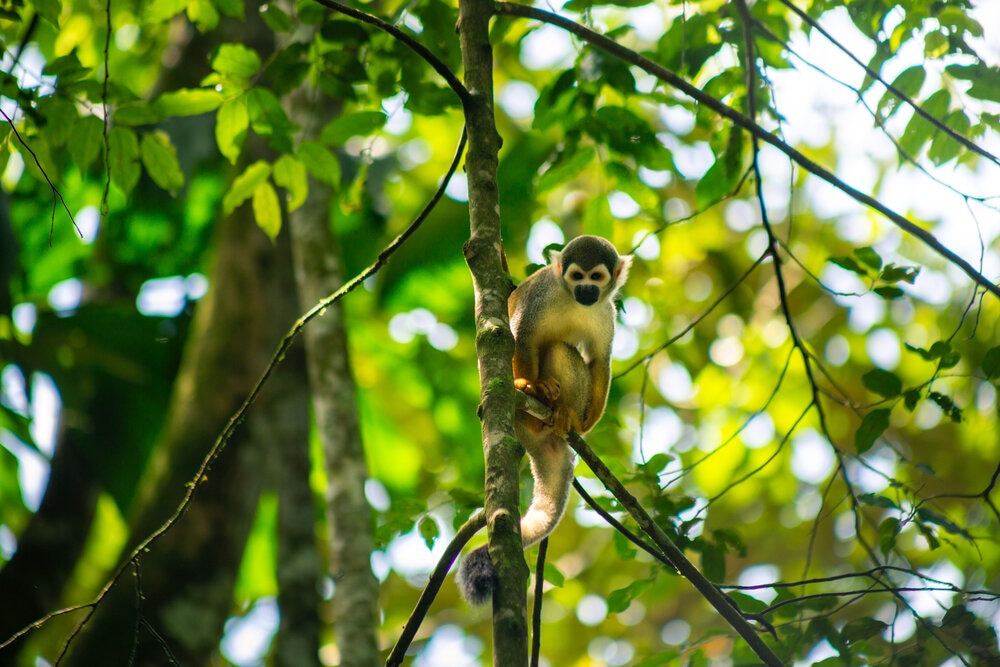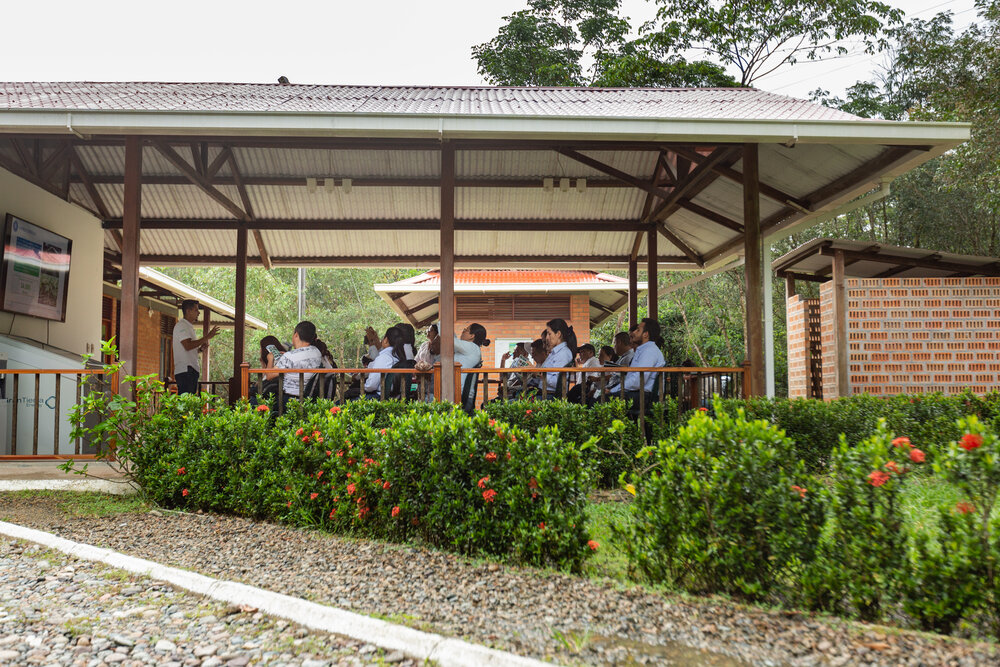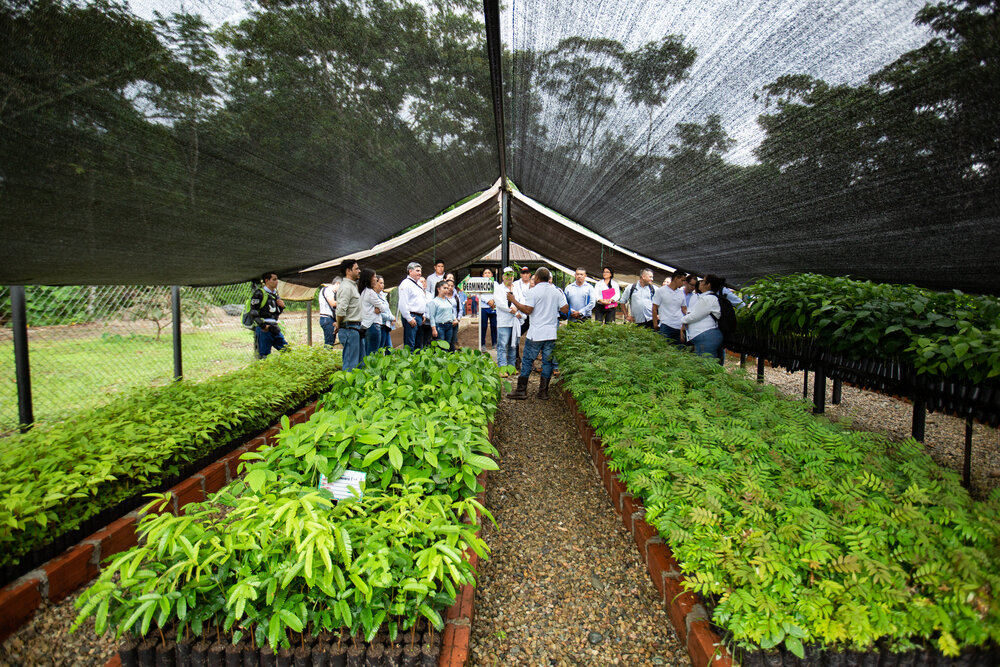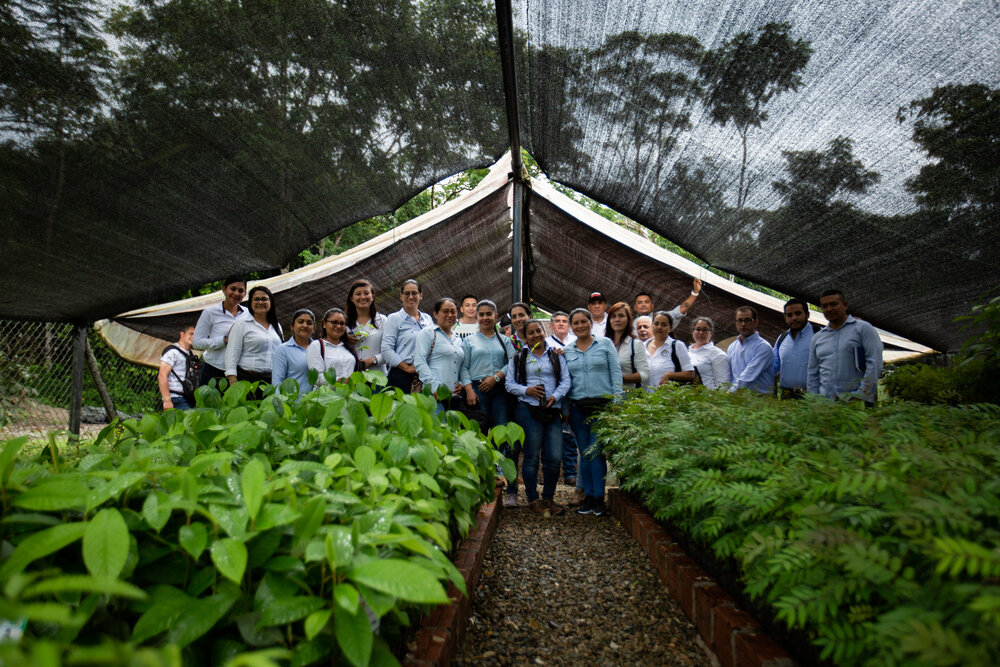GTE recognizes the importance of protecting biodiversity and preserving the balance of ecosystems in the areas where we operate. We are committed to conducting our operations responsibly to minimize our environmental impact. This commitment extends to the protection of wildlife habitats, aquatic ecosystems, and biodiversity of the regions in which we operate.
The Andes-Amazonia corridor, in South America, is a strategic zone in the Putumayo Department that hosts the greatest diversity of ecosystems in the Colombian Amazon. This biological diversity of fauna and flora is complemented by great cultural richness represented by the presence of Indigenous communities and Afro-descendants.
As the largest oil and gas operator in the Putumayo, Gran Tierra is committed to protecting the area’s biodiversity and has adopted a strategy to coordinate its efforts with other organizations to maximize their regional impact. This strategy has led GTE to enter into partnerships and alliances with organizations with similar goals.
The following stories detail the ways that GTE protects the important biodiversity in the regions where we operate.
~0M
plants
3.7 million plants have been grown in NaturAmazonas’ nurseries
~0
species
800 species of flora have been documented
0
beehives
6,000 beehives have been maintained and contribute to pollination across ~24,000 hectares of native forests
SWIPE FOR MORE

Amazon Butterfly Species Guidebook
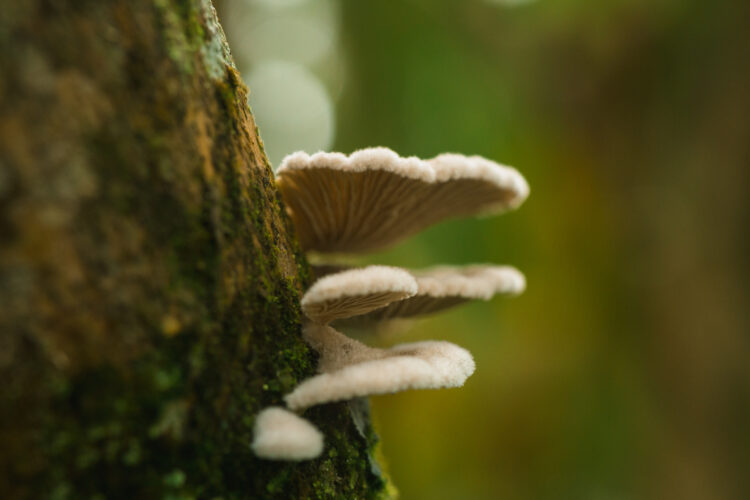
The Putumayo Biodiversity Initiative Enters a Second Phase
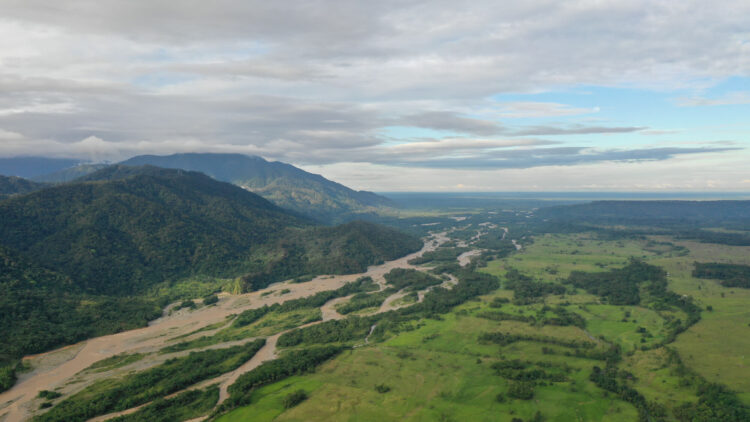
A Partnership with the Humboldt Institute
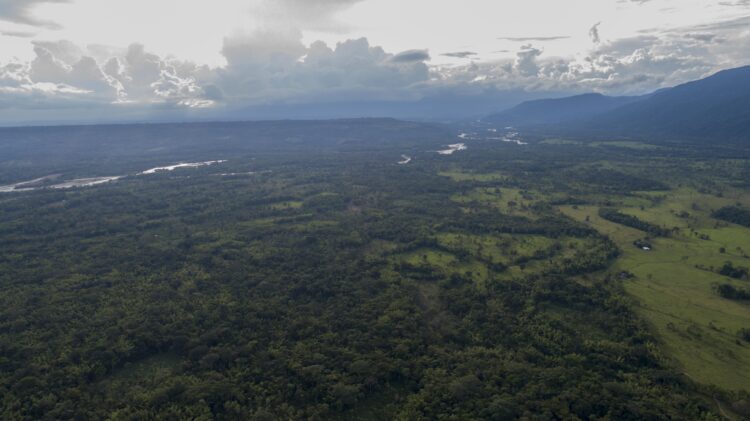
An Alliance with ANDI
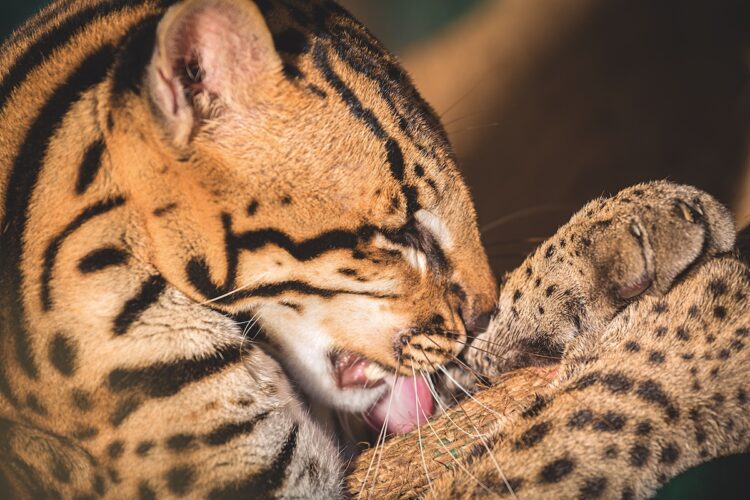
Conserving Wild Cats
SWIPE FOR MORE
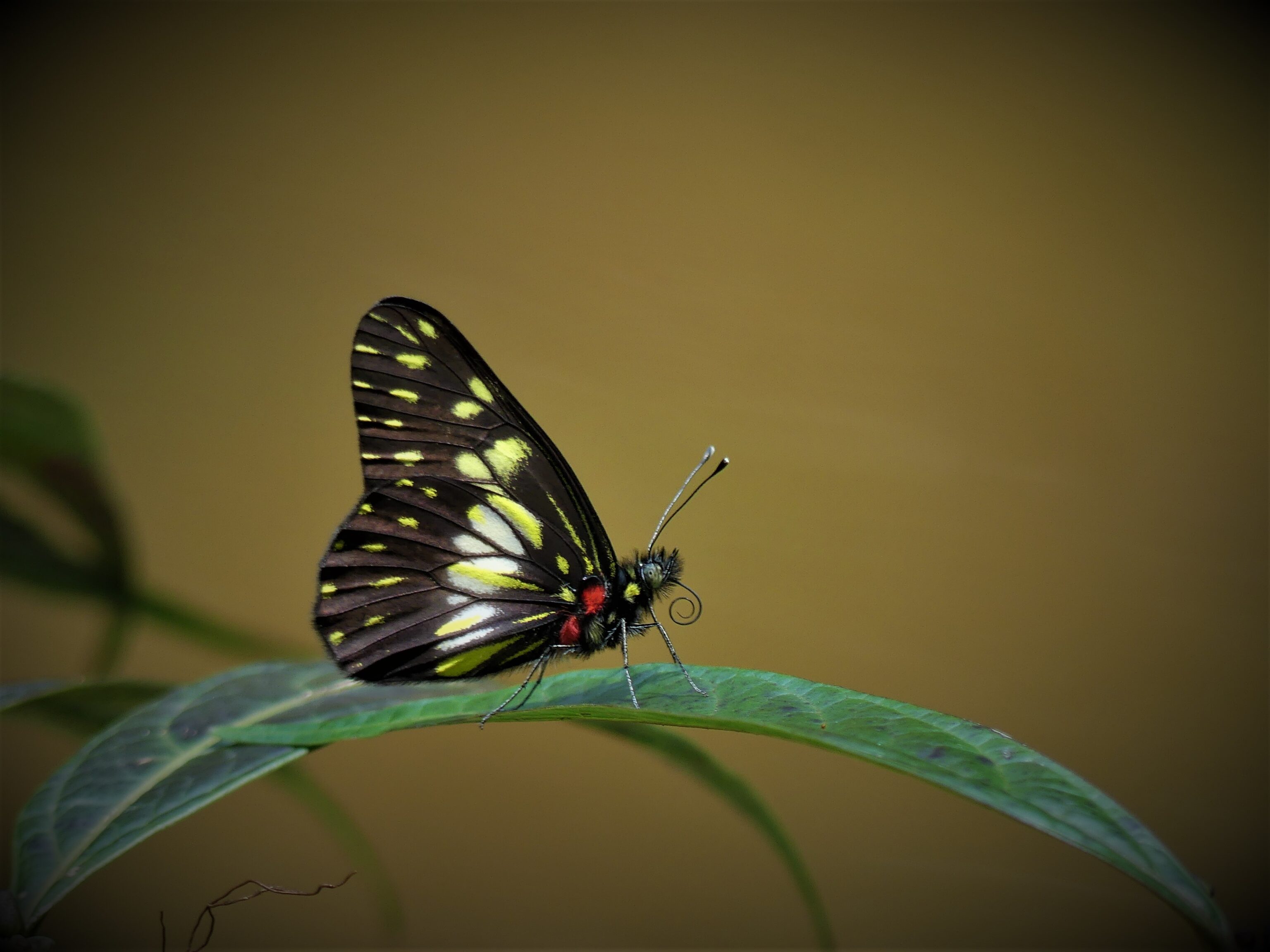
Amazon Butterfly Species Guidebook
Butterflies are an important indicator for maintaining healthy ecosystems and are a critically important part of conservation and management practices in the area.
An alliance of public and private institutions led by GTE and the industry group National Business Association of Colombia (ANDI), completed a study on the diversity of butterflies to better understand the role conservation, preservation and educational initiatives play in protecting the Andean-Amazonian piedmont region.
La Gran Tierra de las Mariposas (The Great Land of Butterflies) includes photographs of 250 species of diurnal butterflies. The alliance is also working on additional monitoring, educational, regulatory and community initiatives.
This study and cataloguing are a significant step in developing management and conservation practices for these species with high potential for scientific research and tourism.

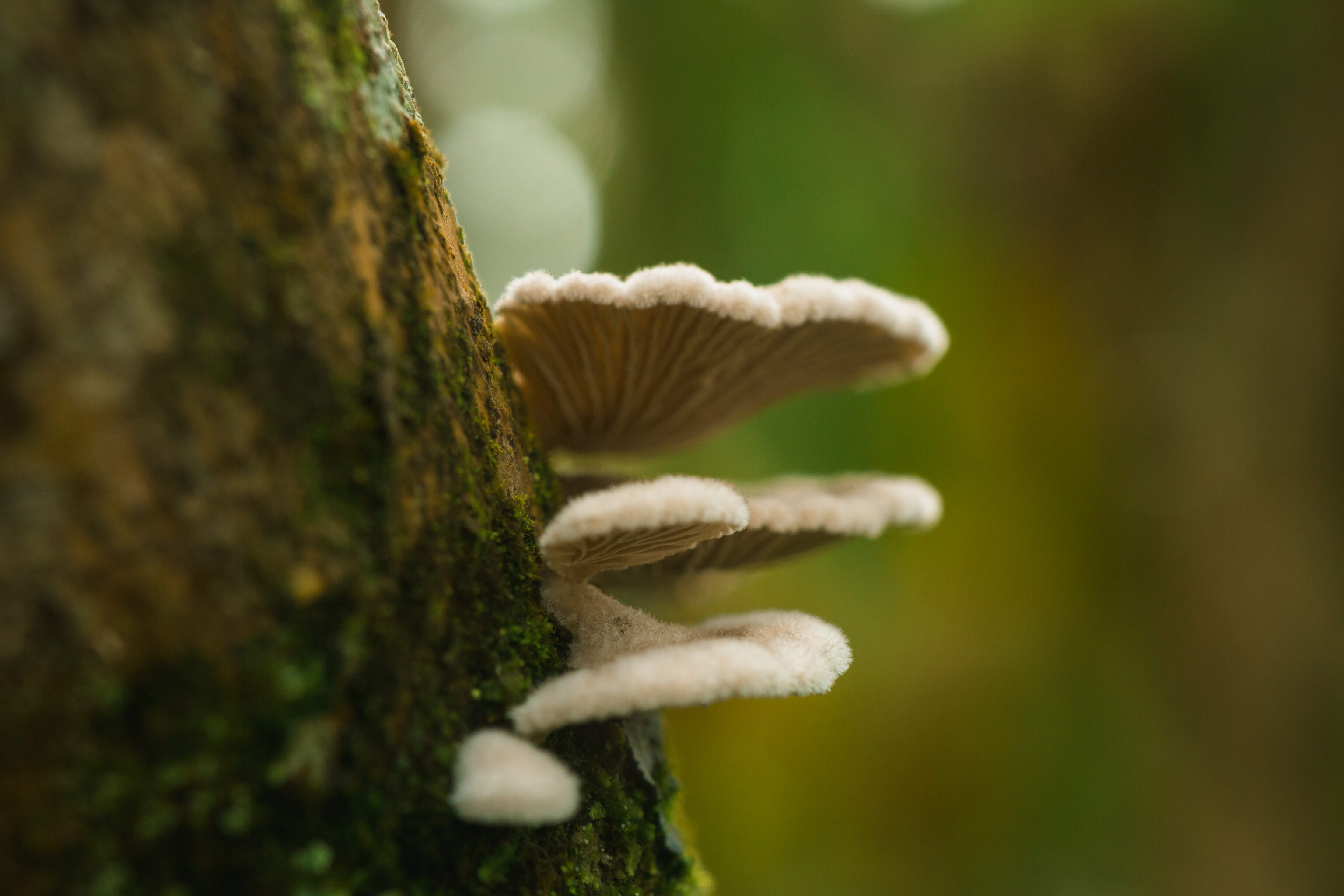
The Putumayo Biodiversity Initiative Enters a Second Phase
The Putumayo Biodiversity Initiative, a wide-ranging alliance of public and private institutions dedicated to preserving biodiversity in the Andean-Amazonian foothills in the department of Putumayo, entered its second phase in 2021. The initiative protects, conserves, and restores ecosystem connectivity and biodiversity through sustainable development. The initiative has become an important national benchmark for public-private investment in Colombia, creating new businesses and economic opportunities in biodiversity.
Gran Tierra is the first oil company to contribute environmental data to the Biodiversity Information System of Colombia (SIBColombia), providing researchers across Colombia access to thousands of records, images and videos from their biodiversity and conservation initiatives.
The initiative will also contribute towards the Putumayo-Içá River Basin Integrated Management Project, a pioneering international collaboration by Brazil, Ecuador, Peru and Colombia, providing a baseline for the Putumayo River and formulating guidelines for watershed management.

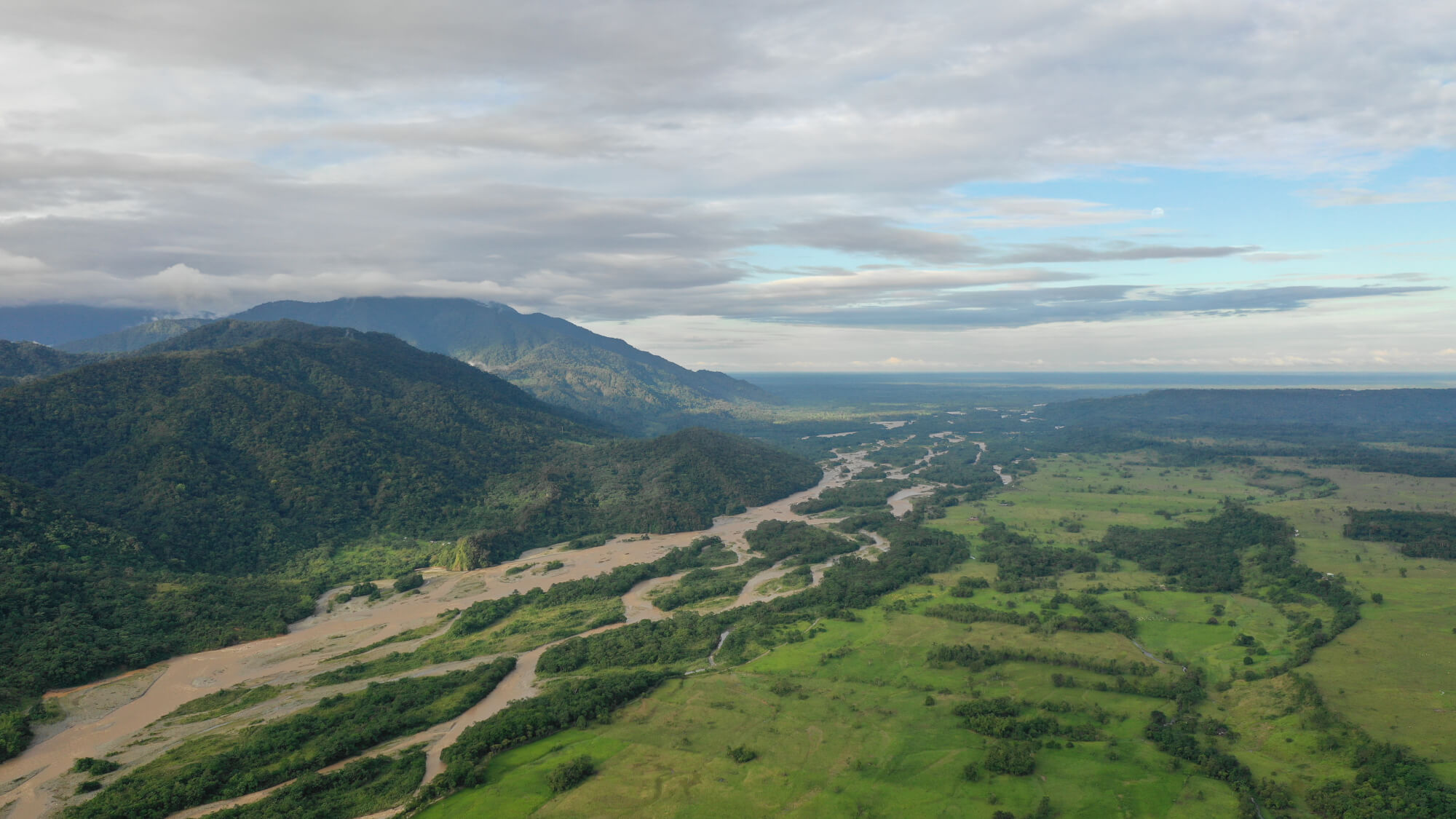
A Partnership with the Humboldt Institute
The partnership between Gran Tierra Energy and the Alexander von Humboldt Biological Resources Research Institute contributes to the understanding of biodiversity in the Putumayo and addressing concerns about industrial development in the area. Colombia has highly biodiverse areas, with large numbers of plant species, microorganisms, and fungi. However, some of the country’s ecosystems have deteriorated tremendously due to agriculture and livestock activities, urban expansion, illegal mining and illegal land practices.
The joint GTE-Humboldt Institute Chawar Project is a regional environmental assessment, created as a technical tool to track and monitor biodiversity changes in the Putumayo by incorporating a wide range of data sets including biodiversity, ecosystem services, and social and cultural information, especially in the Andean foothills. The project is part of GTE’s efforts to help the country proactively develop an understanding of species that need to be protected, and it will allow the Company to better consider environmental issues when determining how and where to plan development.
It also shows how compensation for the Company’s voluntary environmental and social investments can be structured to have the greatest impact on specific areas of interest as well as the broader region for years to come.
It will also show how compensation for the Company’s voluntary environmental and social investments can be structured to have the greatest impact on specific areas of interest as well as the broader region for years to come.
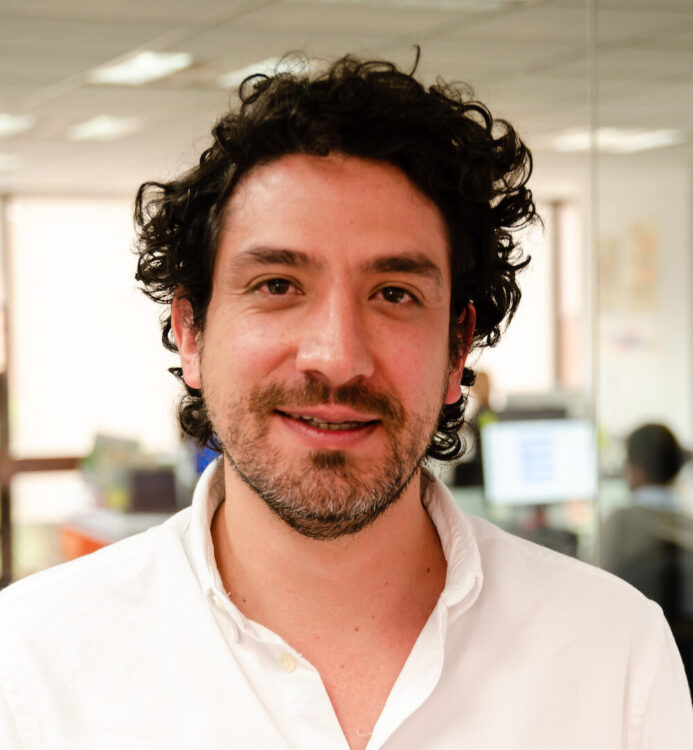
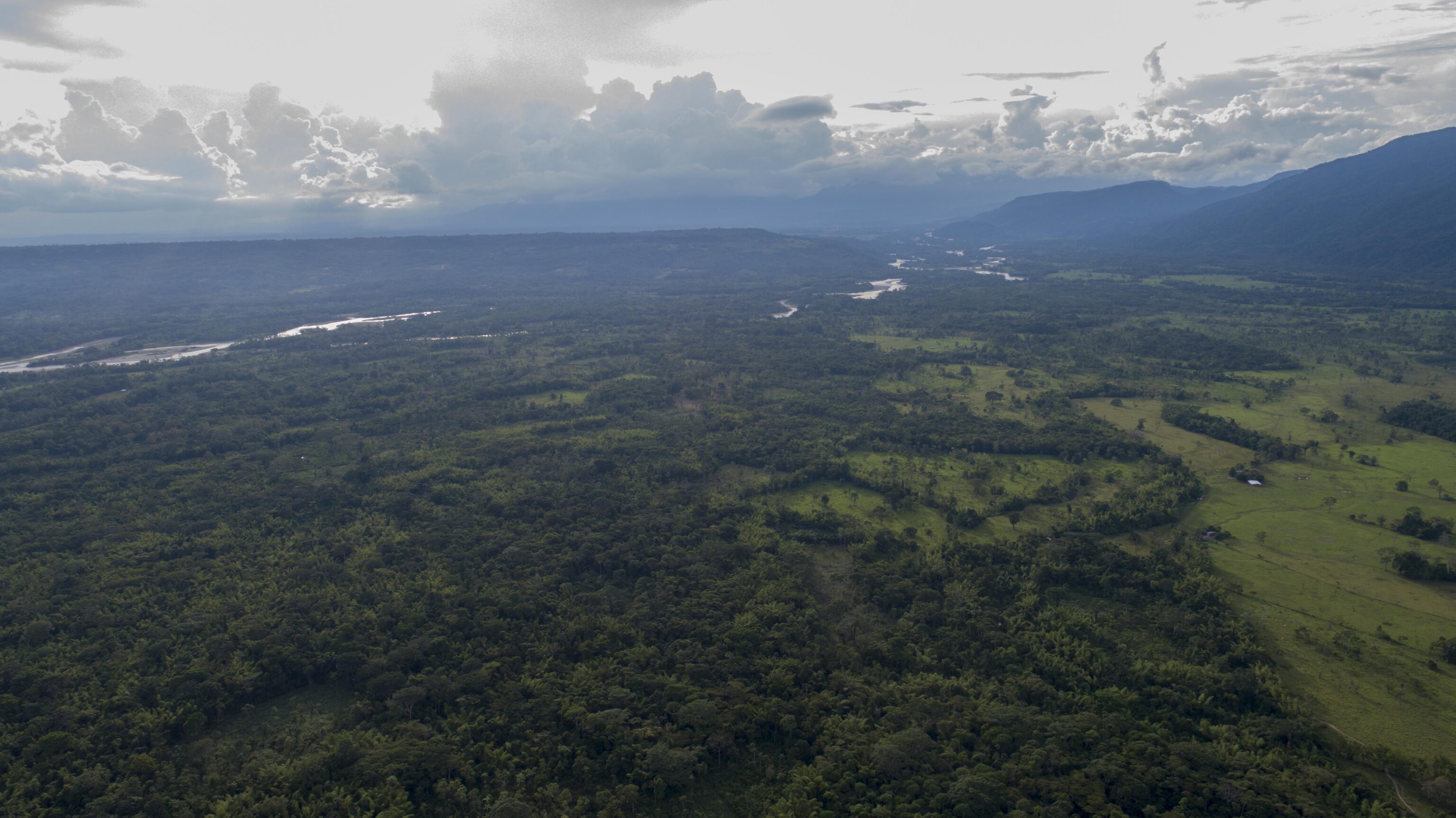
An Alliance with ANDI
GTE plays a role in strengthening industry-wide sustainability efforts through participation in the National Business Association of Colombia’s (ANDI) biodiversity and sustainability initiatives, participating in multilateral partnerships that promote conservation and the advancement of scientific knowledge in the country.
ANDI, Gran Tierra Energy, Corpoamazonia, the National Natural Parks of Colombia, Amazonian Institute of Scientific Research (SINCHI) and the Humboldt Biological Research Institute, have partnered together in an alliance that is focused on ecosystem protection, restoration and connectivity, sustainable development of biodiversity and promoting sustainable development in the region.
The alliance’s accomplishments thus far include:
- Launching an “Open Data on Biodiversity” strategy to showcase how the hydrocarbon sector contributes to biodiversity conservation.
- Creating a public-private partnership to develop joint biodiversity compensation efforts in key areas that connect the Andes and the Amazon. This includes working on land-use planning strategies that support both conservation and sustainable development in the Amazon region.
- Responsible for managing the progress, communication, and successful completion of projects such as ‘Aquatic Diversity in the Interfluvial Area of the Sub-basins of the Putumayo and Caquetá Rivers in the Putumayo Department,’ including reviewing and providing feedback on biodiversity standards issued by the Ministry of Environment and Sustainable Development (MADS).
- Establishing ANDI’s biodiversity office in Putumayo to support public sector efforts, with plans to expand to the Colombian Caribbean region and build new partnerships between Gran Tierra Energy and key allies for projects in the Middle Magdalena Valley.
Transforming Residual Wastewater into Biogas
In many rural Colombian villages, untreated wastewater flows through open sewers, creating serious health and environmental risks—especially during the rainy season. At the same time, limited access to propane forces many households to rely on firewood, contributing to deforestation, air pollution, and causing significant adverse health effects.
To tackle these dual challenges, GTE partnered with Antonio Nariño University and ANDI to install 13 residential-scale anaerobic biodigesters in the Putumayo villages of Carmelita, Puerto Vega, and Remolinos. These systems treat wastewater organically and produce biogas for nearly 40 households and a school, eliminating open sewage while providing energy that can be used for cooking.
This initiative, which satisfies Colombia’s requirement that 1% of project budgets be invested into environmental initiatives, demonstrates how thoughtful design can create lasting environmental, social, and economic impact. Encouraged by the project’s success, plans for expansion to additional municipalities are underway.

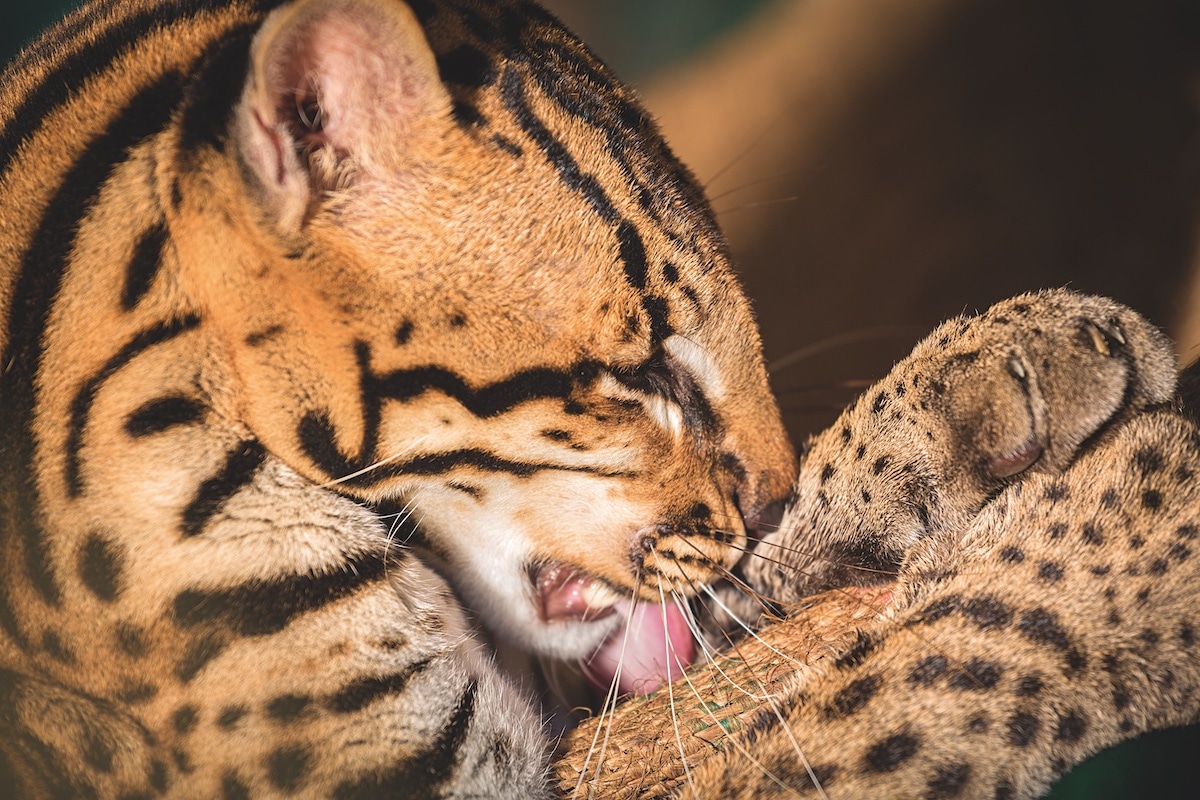
Conserving Wild Cats
Gran Tierra’s pioneering initiative to promote wild cat conservation in the Colombian Amazon, has identified six feline species that use its Costayaco Forestry Centre as a habitat. The project, implemented by Corpoamazonia in partnership with Gran Tierra Energy, has achieved a number of accomplishments in the Alto Putumayo, Amazonian Andean Foothills, and the Amazon Plain regions.
